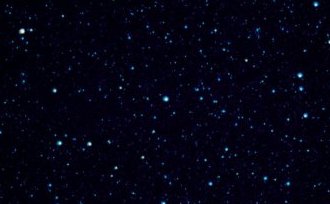
 |
Phi Andromedae sits in the middle of this seven-degree-wide portion of northeastern Andromeda. The four brighter stars to the left are, from top to bottom, 51, 49, Omega, and Xi Andromedae, (Xi the one on the right). The trio of stars to the right of Phi are in Cassiopeia, the top one Omicron Cas, the lower one Pi. A higher resolution view reaches to mid-tenth magnitude. |